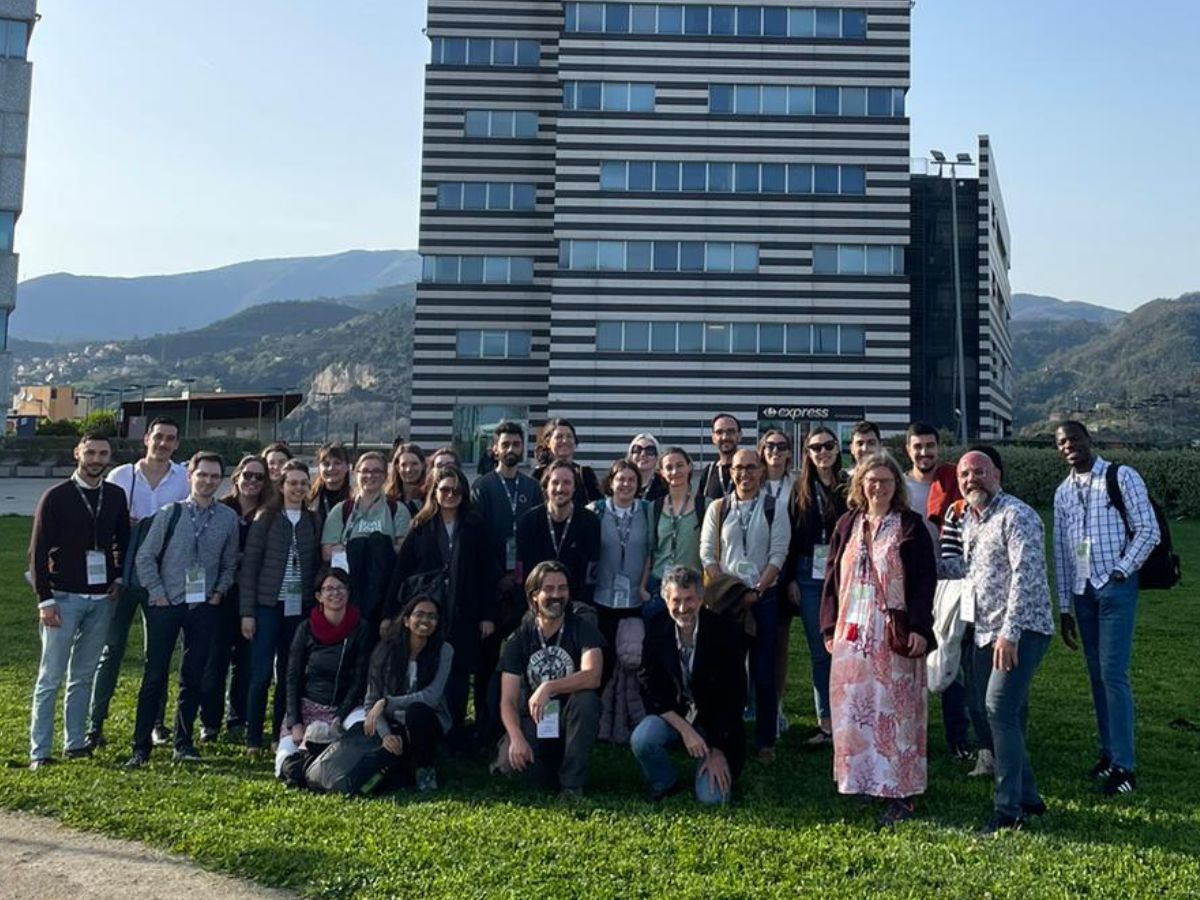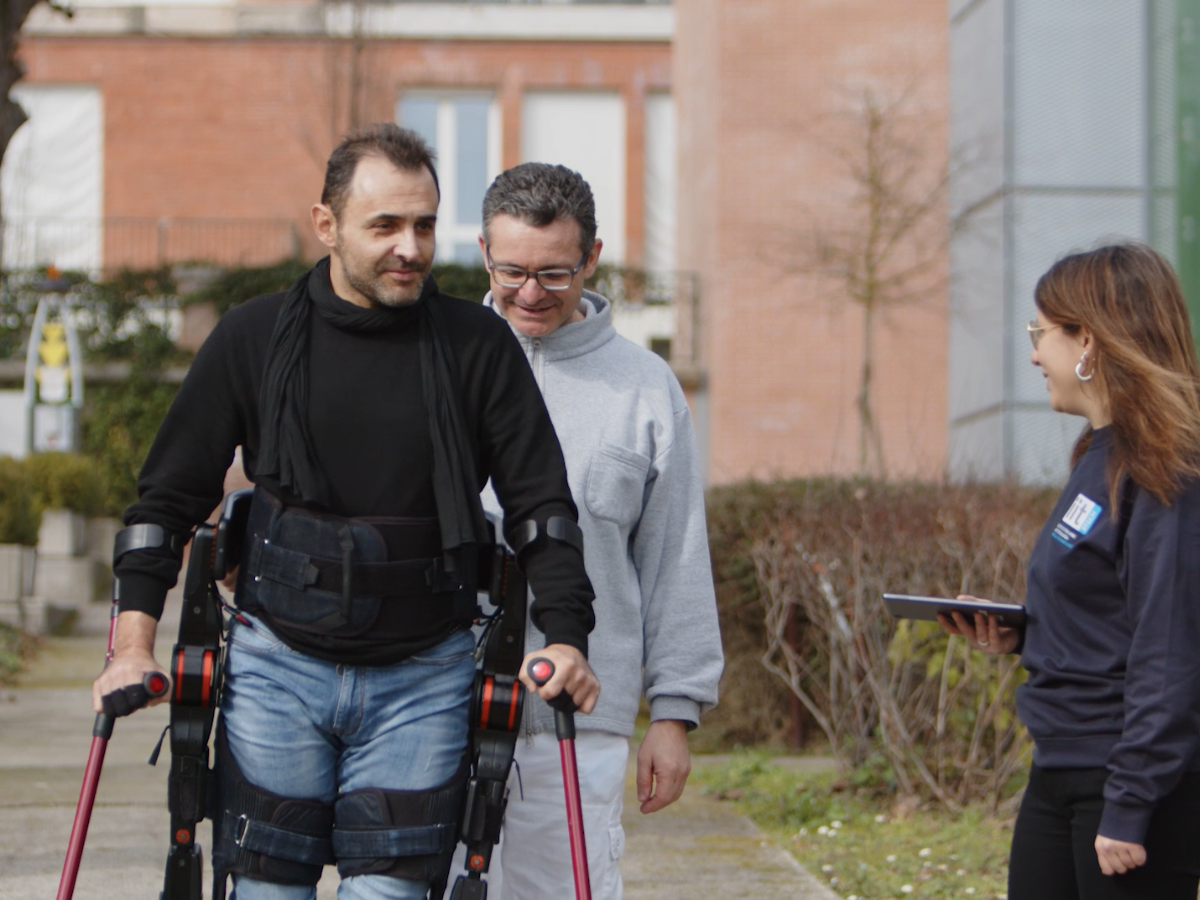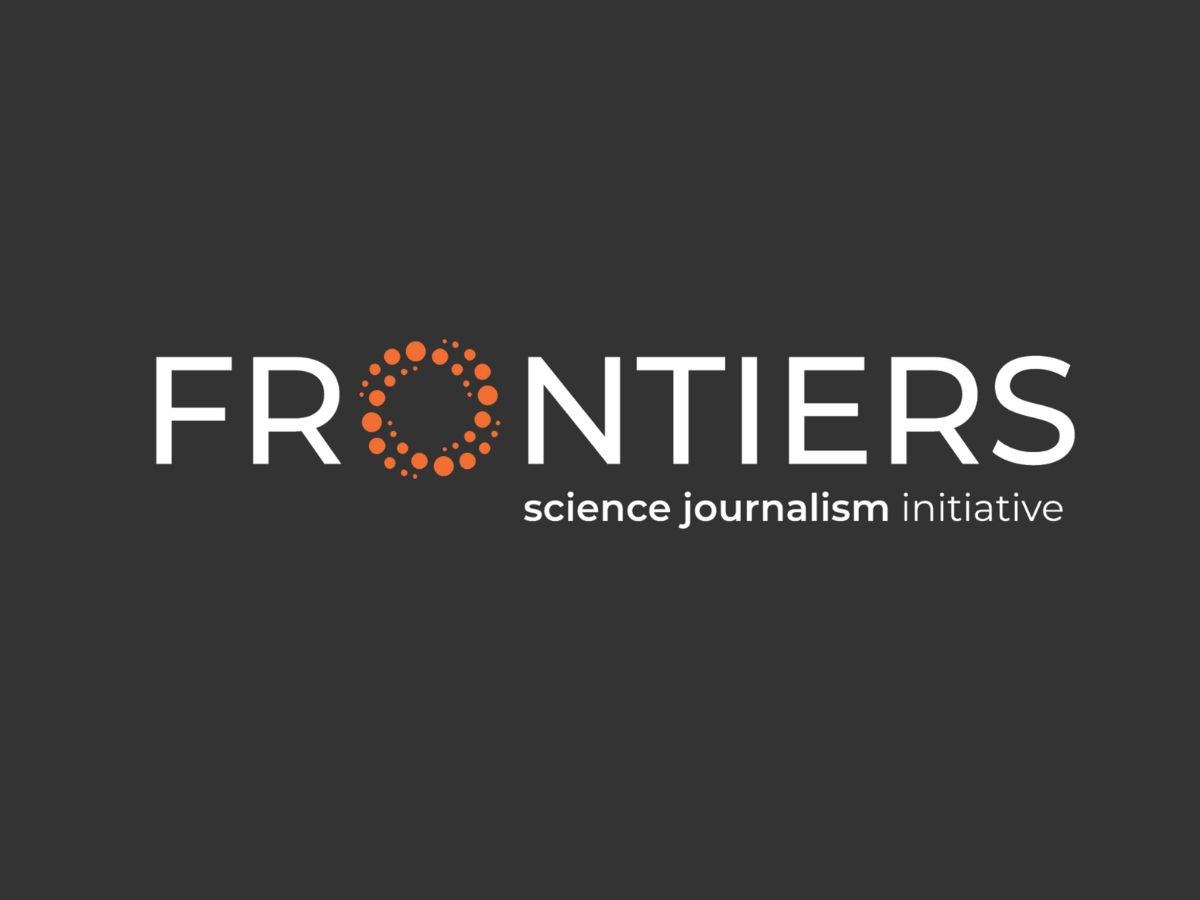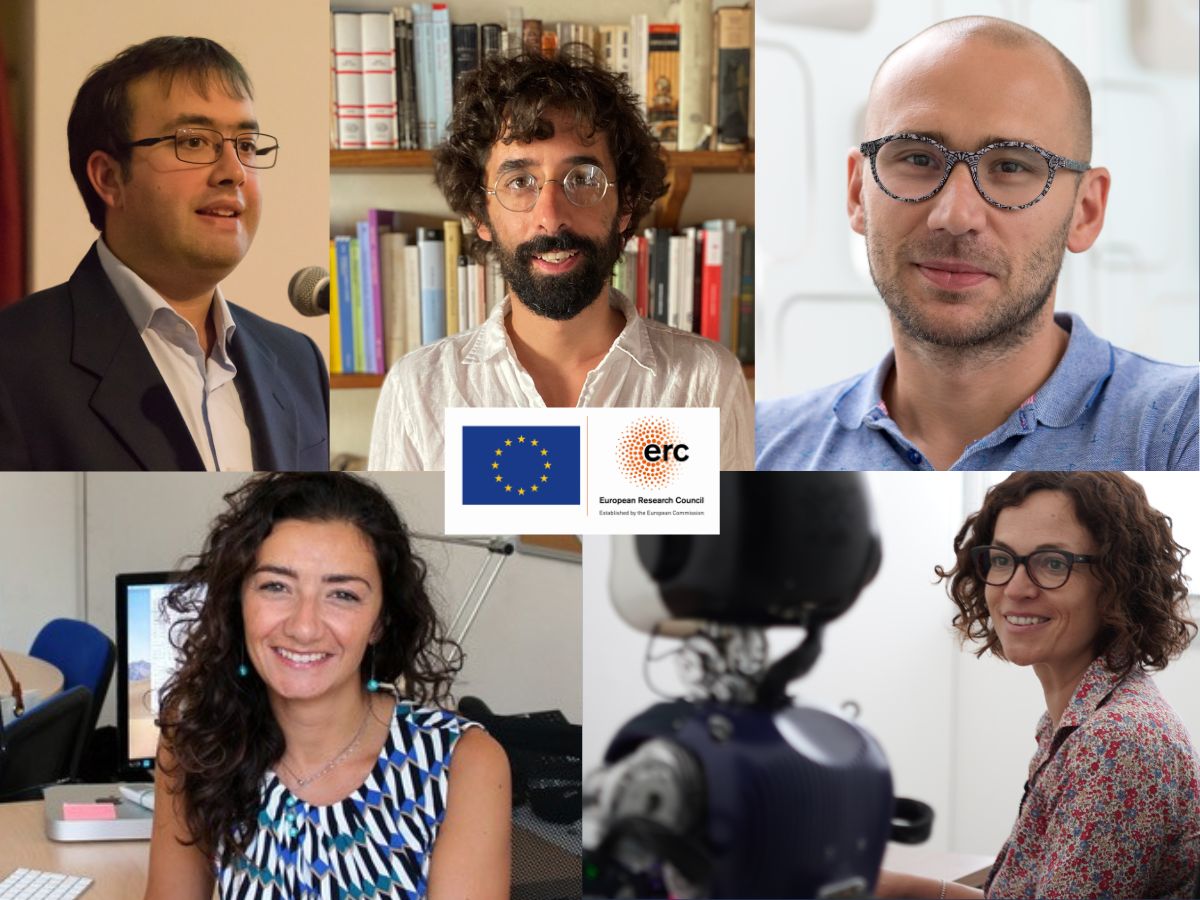Interview with Pier Paolo Pompa, head of IIT’s Nanobiointeractions & Nanodiagnostics team, on tools for personalised and predictive medicine.
By 2026, the world market for medical diagnostic devices will reach over $87 billion, with an annual growth rate of 4.5% during the forecast period. The sector is also growing in Italy: as early as 2018, Confindustria had 3,957 companies in Italy operating in the area of medical devices, with over 75,000 employees. However, most of the new technology in the field of portable (point-of-care) diagnostics is currently developed in East Asia and the USA (the rapid serological and antigenic tests for Covid-19 offer a good example). It is in this context that activities by IIT’s Nanobiointeractions & Nanodiagnostics team led by Pier Paolo Pompa are being developed. Using a nanotechnological approach, they aim at developing effective, low-cost diagnostic technology that can be incorporated into different contexts, thus relaunching Italy’s role in this sector. This area of the Institute’s research has recently become the focus of technology transfer operations aimed at creating innovative devices that will be an important part of personalised and predictive medicine. We interviewed Pier Paolo Pompa to understand more about the importance of his team’s work and the outlook for this approach to medicine.What sorts of technology are you developing in your laboratories? And in what way are they a starting point for increasingly personalised medicine?By means of the resources we have at IIT, we have learnt to manipulate and engineer the plasmonic and nano-enzymatic properties of nanoparticles (above all, noble metals) and to combine them with functional biomolecules, so that today we have a range of diagnostic platforms for various applications. Our mission is to offer low-cost but high-value analytical solutions that allow more parameters to be measured ‘anytime, anywhere’. This is the key to personalised, timely and predictive medicine.What types of parameters can you monitor? Using which types of technology?We currently have several platforms, with applications including food traceability and safety, monitoring environmental contamination by substances such as heavy metals, the quality control of industrial processes, and the analysis of biomarkers in non-invasive fluids such as saliva. We use room-temperature or isothermal reactions, plasmonic/catalytic nanomaterials, and highly sensitive but extremely simplified reading systems that can be implemented with the naked eye or just a smartphone. For example, we have recently been using colorimetric analysis systems based on gold nanoparticles called nanostars, engineered to detect low concentrations of substances such as glucose, cholesterol and lactate in saliva. If the concentrations of these biomarkers exceed physiological limits, the user is alerted by the sensor changing colour from blue to red. Another type of technology comprises platinum-based artificial nano-enzymes, which are used for non-invasive sensors for determining oxidative stress.What benefits could the use of these screening and prescreening techniques bring to people?The aim of our research is to translate this technology into low-cost, non-invasive tests capable of measuring clinically-relevant biomarkers from saliva, without taking blood samples. Such tools are essential for early diagnosis or for monitoring pathological or pre-pathological conditions, in order to prevent future health problems. Glucose and cholesterol are particularly familiar as indicators: measuring their levels frequently, even in healthy subjects, is an incredibly predictive tool. Similarly, antioxidant levels also play a key role in the long term, and keeping them under control can be crucial for our health.When will they be commercially available? What are the concrete applications in clinical care and in the area of self-diagnosis at home?Several examples of this type of technology have already been launched on the market. For example, iBlue is an existing commercial product sold by the start-up which originated at IIT, Hiq-Nano. This kit, which can be purchased for about 20 euros, makes it possible to measure one’s antioxidant levels by means of a simple, quick and non-invasive test. In addition, the recent cooperation with the company AICUBE S.r.l., which has reached a licence agreement with IIT for some of our technological patents, has made it possible to develop an advanced prototype for non-invasive blood glucose analysis. The project, led by IIT Post Doc researcher Paolo Donati, involves the development of a smart toothbrush that, during the simple daily ritual of dental hygiene, takes a saliva sample and provides information on the concentration of salivary glucose and indirectly on the amount of sugar in the blood. The data that the device collects daily will then be processed by an AI system, developed by AICUBE, which will provide data that can be used to prevent diseases such as diabetes, or to help the treatment of people with type 2 diabetes. In addition, in the future the toothbrush could also record other parameters such as cholesterol, cortisol levels, antioxidant concentration and more. The smart toothbrush, which could be marketed by AICUBE over the next two years, will help medical staff in their work, significantly improving lifestyle and therefore enhancing people’s overall state of health. We are always very excited to see our laboratory work transformed into something tangible, potentially becoming a genuinely useful tool for individuals. This, after all, is what the Italian Institute of Technology was founded for.





